Doctors have often been advised to avoid emotions regarding patients in order to keep their decisions objective. However, this has led many patients to believe doctors don’t care about them. A new movement in medicine seeks to reverse the trend and put compassion back in medicine, led by a “Healer’s Art” class in many medical schools. Experts who teach the class explain.
Guest Information:
- Dr. Joseph O’Donnell, Professor of Medicine and Psychiatry, Geisel School of Medicine, Dartmouth College
- Dr. Dean Parmelee, Professor of Psychiatry and Pediatrics, Wright State University Boonshoft School of Medicine
Links for more info:
16-47 Restoring Doctors’ Compassion
Reed Pence: Some of life’s most emotional moments happen in hospitals and doctors’ offices – the birth of a child, the death of a loved one, the test showing we have a life threatening illness, the news that we’re cured. So most people want their doctors to be caring, feeling, human beings, not robots. Yet that’s not what many of today’s doctors learned in medical school. Starting in the 1960s, many doctors learned that they had to bottle up their emotions if they were going to be good doctors. It was all due to a study by a prominent medical sociologist at the time.
Dr. Joseph O'Donnell: She wrote about the socialization into medicine and called it socialization-detached concern. One had to learn to not be so emotionally involved in the stuff that they couldn’t be objective.
Pence: That’s Dr. Joseph O'Donnell, Professor of Medicine and Psychiatry at the Geisel School of Medicine at Dartmouth College. He says the advice to be detached was well intentioned.
O'Donnell: How do you develop this [unintelligible] that’s prominent in the face of disaster? When a surgeon is facing a complication in the O.R., one of the ways in which great surgeons work is things slow down for them rather than speed up. They are actually able to work through the problem and when a medical emergency happens, things slow down for them and they are able to be objective about what the next step is. What do we do here? What do we do there? And not have their emotions or their fears determining their decision. But you can get way too much of that, you can get way too detached, way too calm, and that’s not what patients want.
Pence: O’Donnell says even the author of the original study ultimately had second thoughts about it. Yes doctors have to be able to give tough diagnoses and they often lose patients, but many were becoming too detached and were starting to get a reputation for lacking compassion. Even if it was a survival mechanism.
Parmelee: There was definitely more of a striving to have a detached demeanor because of the complexities and the emotional strain that is involved, was involved then as it is now with dealing with sick and dying people and children and complex family situations that the way to survive psychologically was best if you did not allow your heartstrings to play.
Pence: Dr. Dean Parmelee is Professor of Psychiatry and Pediatrics at Wright State University Boomshoft School of Medicine. He says the advice to show no emotion was all encompassing and ultimately destructive.
Parmelee: It really goes a step further to not so much not display, but to literally not feel. I do not want to repress or suppress those feelings. I cannot allow myself to be upset; I cannot allow myself to be sad or angry or in any way embroiled in my emotions with what’s going on. And that takes a lot of energy.
O’Donnell: You go numb. It numbs you from the pain and the thing about numbness and numbing you from pain that numbness goes across all the emotions and so you don’t love as well, or you don’t experience things as well if you’re numb.
Pence: The result has been a lot of burned out doctors trying to deny their humanity and their pain. And a lot of unhappy patients thinking there doctors don’t care.
Parmelee: That leads inevitably to litigation, because if there’s not a connection wherein a family or a patient feels that the physician has cared and done the best he or she could and that there’s a bad outcome that makes a lot of business for the lawyers. That’s the root of most malpractice cases is poor communication and good communication comes from building a relationship that is enduring and provides compassion and support for patients and families.
Pence: But where did the detached model of the modern physician come from? Medical students were being told all the right things in the classroom – be compassionate, caring and altruistic. But Parmelee and O’Donnell say that’s not what they saw when they looked around. The hidden curriculum and institutional culture powerfully tell new doctors, this is the way to behave.
Parmelee: Even though it was not an expressed matter, it was one of those cultural phenomenons that occur without it needing to be even articulated based on just role models and behavioral standards.
O’Donnell: The hidden curriculum can be both a positive and a negative influence. And it’s a negative influence when we say this is the way people are supposed to behave and then they see us, the students see us behaving completely the opposite way. And that behavior is much more important that what we say, it’s what we do. So the hidden curriculum is very, very powerful.
Pence: But there’s a growing movement that realizes medicine needs to reclaim its soul. Both O’Donnell and Parmelee teach a class at their respective schools designed to combat the destructive part of the hidden curriculum. The class is called The Healers Art, and it started nearly 25 years ago at the University of California, San Francisco. Since then the class has spread to about half of America’s medical schools. It’s taught in four or five three-hour sessions, each with a theme. The first is on bringing a doctor’s whole self to patient encounters. It has an exercise where students and faculty are asked to draw a picture of the part of them they feel they can’t bring to the bedside.
O’Donnell: But there’s something very comforting that. They draw with crayon and then name that attribute that they’re not being taught to bring to the bedside of a sick patient, but if they did it would be very important. And literally in all of The Healing Arts courses across the nation it’s the same stuff – it’s compassion and love and service and creativity and some of the words that they use are then sanctioned to bring in and they talk to students about that and realize that they’re all in the same boat, they are all worried about, Man am I losing as I go on in their process and becoming less like a lay person and more like a doctor some of the stuff that defines me as a person and how do I preserve that?
Pence: One way of preserving that is for doctors to realize that they’re not always in control, and the news they have to give isn’t always bad. Medicine is full of mysteries. One session looks at that.
O’Donnell: How does this or that or the other thing, these sort of strange things that when you look at them are more common than you think within medicine that you can’t explain. And you know we have this language of science that says, things are reducible to this and that and the other thing. But you know, a lot of the stuff that happens in life and in medicine can’t be explained. And when you become open to that, you start seeing it all around you. You start seeing the good things that are there. And there’s an exercise we have the students do during that week is what surprised me today? What inspired me today? What motivated me? The first few days they’ll say nothing, nothing, and nothing, and then all of a sudden they’ll begin to notice these small good things that are in their life.
Pence: Another session is on dealing with grief and loss. For example, the patients who don’t make it. All the bad news doctors have to deliver. But Parmelee says pushing feelings away in fear isn’t dealing with grief at all. Pretending it doesn’t exist invites a collapse later. So doctors need to acknowledge their own grief to bear it in their patients.
Parmelee: It is more human and it is more lifesaving for your life to experience, acknowledge and honor a loss, and that grief that comes with a loss is as natural as breathing and we need not to fear it so much. And when physicians begin to honor in their own personal lives what they may have lost and to respect the grief process that they themselves needed to have had, then they can so much more easily tolerate it or embrace it when their patients are going rough it.
Pence: Parmelee says it made a difference in how some doctors respond to patients’ grief. For example, this fourth year med student in obstetrics who described one experience.
Parmelee: A teenage mother delivered a stillborn baby. And the boyfriend came in.
Pence: With the stillborn baby resting on the mother’s abdomen, the medical staff said nothing. They simply left the room, leaving the teenage mother and father and the student.
Parmelee: She stayed with them and she didn’t know what to say. She felt so bad, but she stood there on one side of the bed and the boyfriend was on the other, and then both of them were crying, but they weren’t embracing or holding hands or anything. It was just kind of a shock. And what she did was reach out with her right hand and hold the boy’s hand and with her other hand she held the mother’s and she stood there with them. And she said it made a difference for her because she felt that it helped her do something that was helpful, because clearly for this young couple they needed that kind of connection around the baby. She said what she thought of later was, that probably came out of what I learned about myself in The Healers Art course.
Pence: And without the course the student told Parmelee, she probably would have left the room with everyone else rather than staying, holding hands and silently shedding tears – just about as far from detached as she could be. But is that getting too involved?
O’Donnell: Sometimes you go too far feeling too little. But how is it we can bring ourselves back into that middle ground between feeling too little and feeling too much? Because you have to feel. Medicine, teaching, research, whatever, it is both a discipline of the head and the hand, but it’s also the heart and soul. And without bringing all of them to bear on the matter you’re never going to be as good a teacher or never going to be as good a doctor or never going to be as good a scientist, or never going to be as good a whatever unless you attend to all of those things. It’s bringing your values, your innermost values, to your action.
Pence: One of Parmelee’s students told him he was becoming a doctor in the first place to do exactly that. At age sixteen the student had found his father unresponsive on the floor. The man couldn’t be revived in the emergency room. The son and his mother were told of his death by an ER doctor who then turned on his heel and walked away. The son vowed right then to become a different kind of doctor.
O’Donnell: We talk about the center of medicine really being love, that in the temple of the Greek gods of medicine, of Aesculapius, the center of it was the goddess of love, so love is the center of medicine and tmedicine is not a calling of fixing or helping. Helping is sort of a power over things – I help you because I can, or fixing – I fix you because you are broken. What it really is is a profession of serving. I serve you because it’s a matter of equals. It’s a matter of the soul.
Pence: O’Donnell and Parmelee admit that the healers art course is just a start. Many medical schools now continue those efforts to put compassion in their cultures and their actions as well as their words. In other words, to walk the walk. And doctors don’t seem to have their judgment clouded when they’re not quite so objective. Emotion is part of the decision making process. Now doctors are learning how to make it work for everyone. I’m Reed Pence.
Sign up to receive email updates
Enter your name and email address below and I'll send you periodic updates about the podcast.
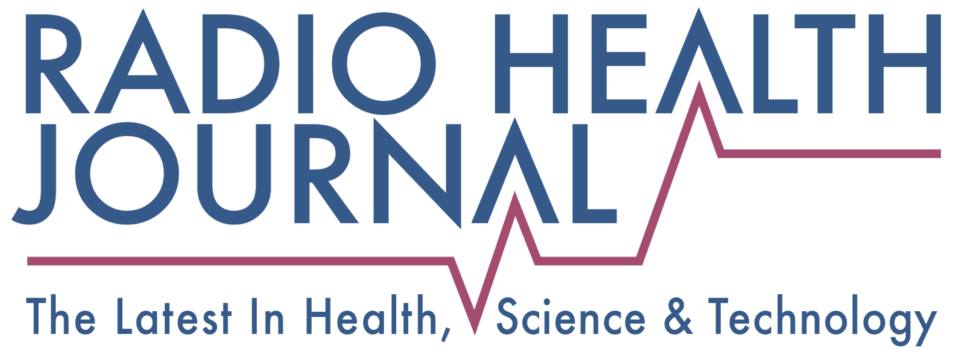
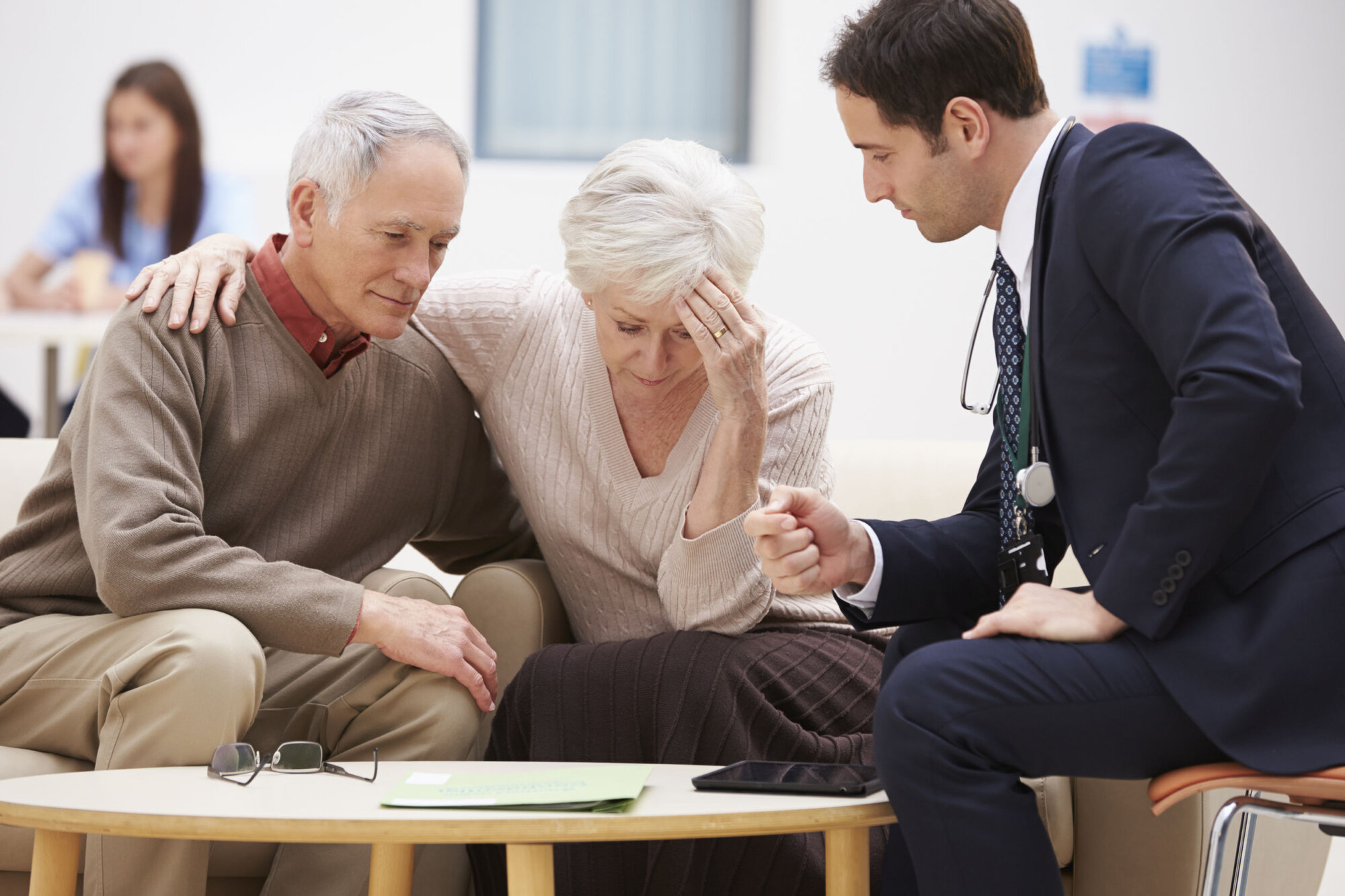

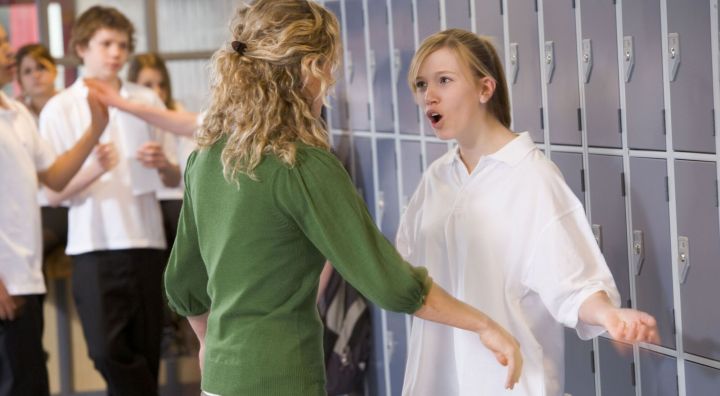
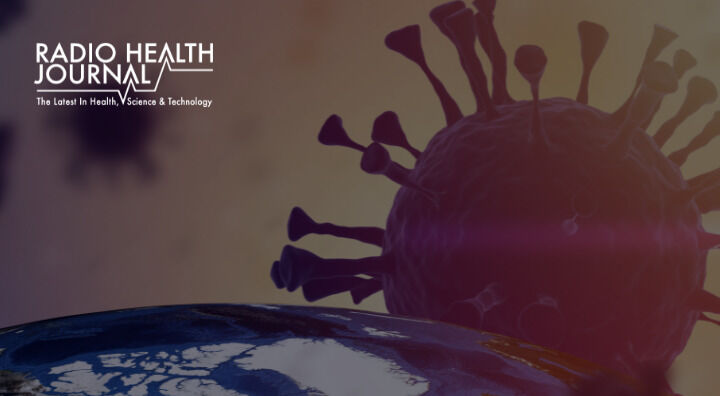





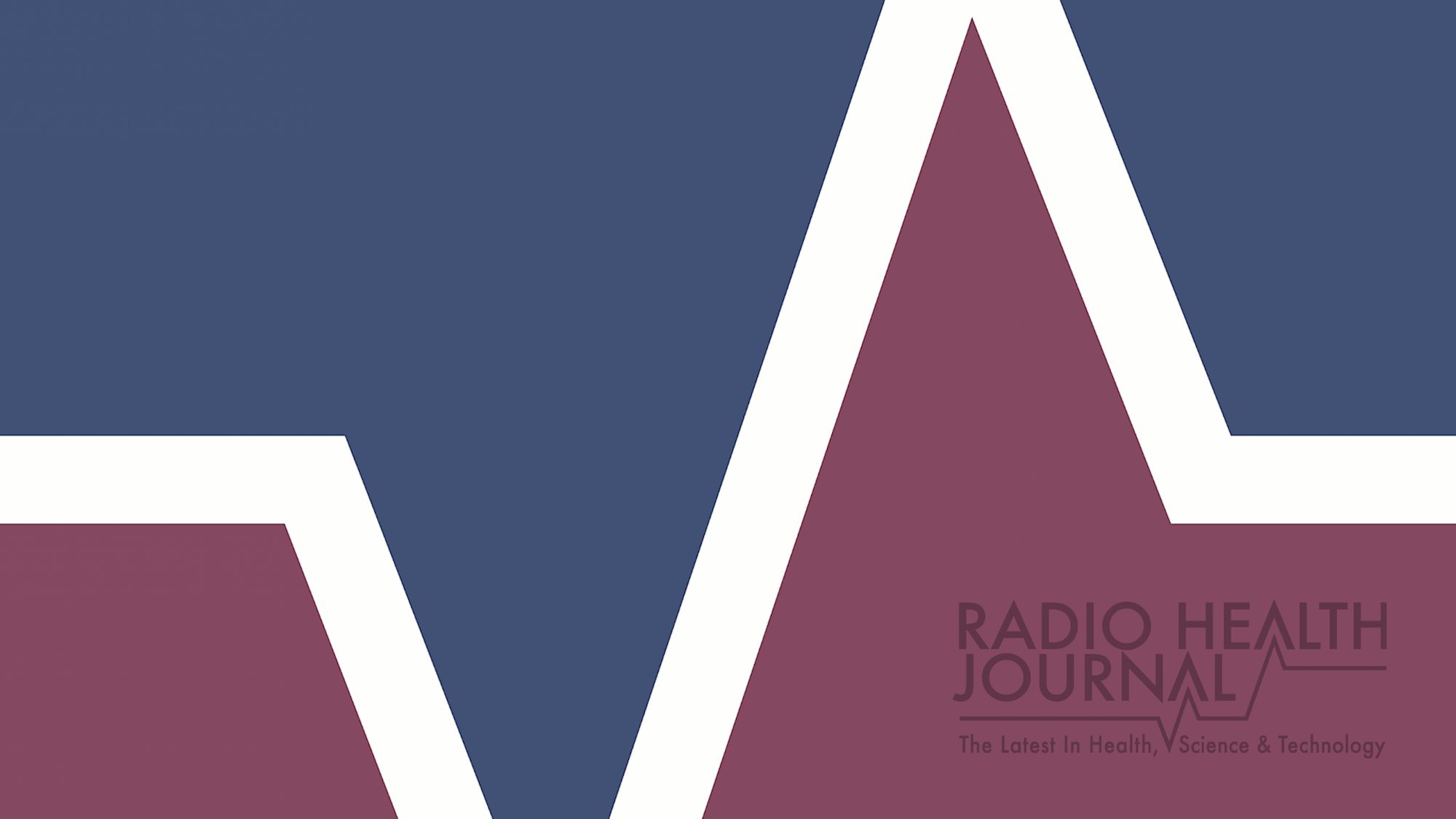
Leave a Reply